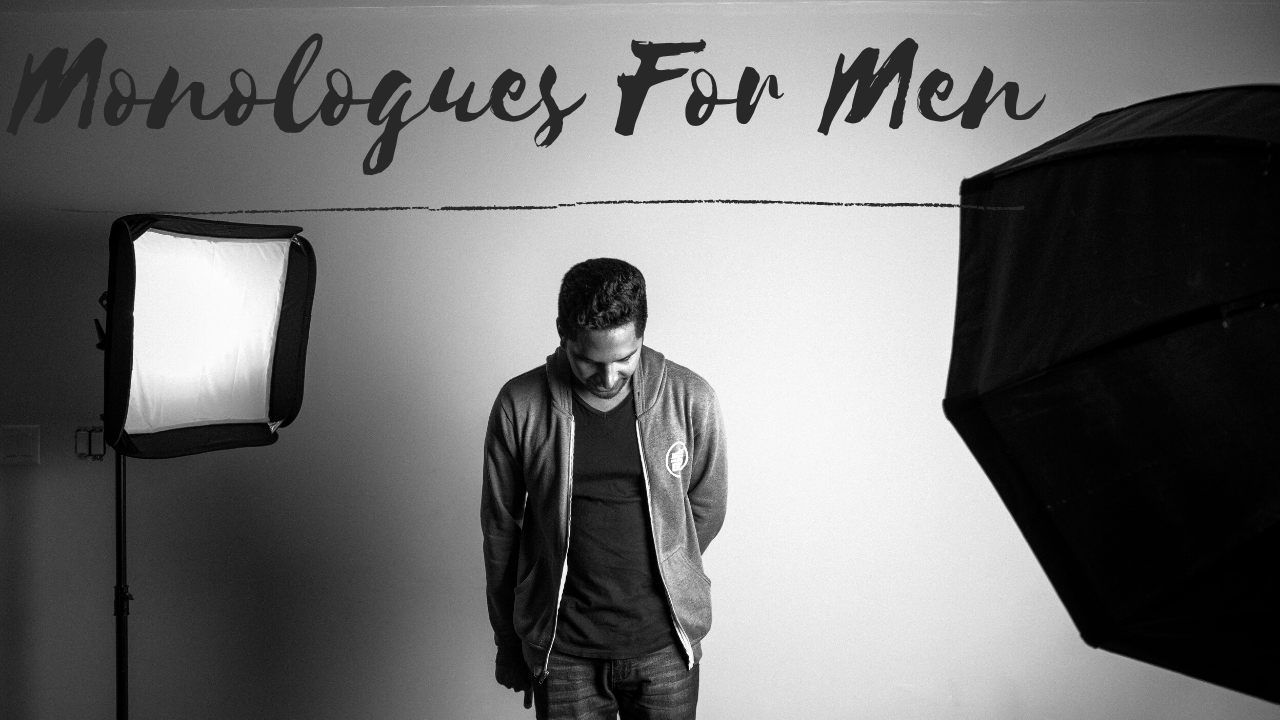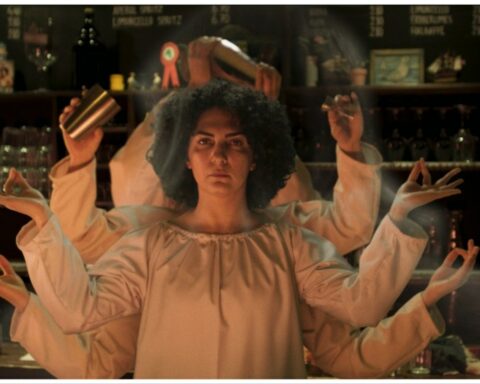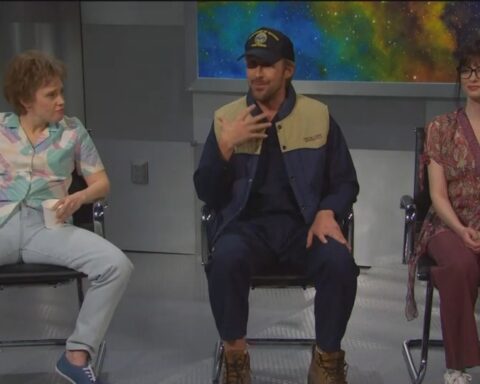While every actor may have their own approach and personal routine to analyze a script, there are some fundamental basics that all actors need to follow in order to do their job properly. A good script analysis is going to give actors everything they need; from a general overview of the story to the in-depth details on their own character and those they will be interacting with.
Script analysis requires multiple read-throughs, and in each reading the actor needs to be focusing on different key aspects of the script. Misunderstandings and different interpretations of a script will lead to complications and even disputes between actors and directors, so it is important that everyone understands what information needs to be extracted during a script analysis, and what the standard conventions are for doing so. The following core components of how to analyze a script give a robust approach to help actors find the truth in their character and story.
Step 1: The First Read
Each step of the script analysis progresses from a broad perspective into a more detailed one. It is recommended that the first reading be completed in one sitting so that the general theme and passage of the script is felt. In the first readthrough of the script analysis, actors are aiming at getting a general feel for the story and tone of the script. Other details to look for are the specific time of day, day of the week, and general time of year that the script transitions through. How differently would a winter night and summer day look in the given story?
Search for the time period too, such as whether the setting is in the middle ages or the 1950s. Think of how this might influence props, costume, and dialogue and how the period can be truthfully portrayed. Consider the specific place of scene settings, such as whether it is an interior or exterior place, or a welcoming environment versus a dangerous one and how this may influence the character’s behavior. This can then be extended to the locale, such as what country or region a character is found in.
The last two considerations in this step of script analysis are to do with the mood and theme. Does the overall mood/atmosphere change from scene to scene? Or is it consistent the entire way through? What is causing the particular mood? It must be stated that actors be careful to not “play the mood”, instead remaining focused on the objectives of their character to maintain authentic scenes.
Considering the theme of a script can come at the end of the first reading, where actors ask: “what does this story/script make me think about?” “is there an overarching question which is answered?” “How do the events in the script create and strengthen these ideas?”
Step 2: Break Down the Scenes
The next stage of the script analysis is creating a scene/beat map. After the general details are understood from the first reading, separating out the script into scenes or beats helps to solidify the sequence of events for the story, and for character’s arc and emotional journey. This also gives actors cues as to when to change a character’s actions.
Separate out scenes based on setting changes when characters on stage change or when time passes/jumps ahead. Beats are smaller divisions within scenes where characters may change their tone, action, or even topic of conversation.
If anyone has any confusion about terms, phrases, or expressions in the script, this (or even after the first reading) is the time to look those up and do any necessary research in order to clarify misunderstandings.
Once a sequence of events has been established, move on to step 3 in the script analysis.
Step 3: What Does the Character Want
By this stage, a good understanding of the story, setting, mood, and scene sequence has been established. The next step is to establish what an actor’s character wants. This may be overtly mentioned in the script; however, it often needs to be teased out from covert clues. One approach is to ask, “what does the character want from other characters in the scene?” This alone will point at a character’s objective.
The context will also give better detail of a character’s objective, so consider how the situation they are in influences their behavior. Why are they there in that specific space? How did they get there? Where were they before the beginning of the scene and where are they going after?
Normally, a character who wants something will have to find how to overcome some form of obstacle to achieve their goal. This is an essential aspect of character development, and in script analysis it reveals a lot about the character and what they are willing to do for their objective. Try to define the following:
– The objective: what does the character want or need in any given scene, beat, or moment?
– The super-objective: what is the broad, overall objective throughout the script?
– The obstacle: what or who gets in the way of the character’s objective? What generates conflict in the story?
– The tactics: what actions does a character employ in order to overcome an obstacle?
– The beat change: when a character switches tactics or takes a new objective. Beat changes need to be clear in terms of the cause for a change in tactic or objective.
Step 4: Be Flexible with Your Interpretation
For many actors, script analysis is completed alone rather than being worked through collectively with fellow cast members. Because everyone is collaborating together to produce a tight, natural performance, it is important that no one becomes so transfixed by their interpretation of a character or the script that they cannot accept alternative suggestions. Fellow cast members may have suggestions for each other, but most importantly, the director may have a vision for a character that is different to what an actor has. If a thorough script analysis has been completed, then suggestions from the director will only feel like minor alterations since both actor and director are operating from the same in-depth knowledge.
An incomplete or superficial script analysis will only give an actor a partial or misguided idea of the story and characters, which is where more drastic differences in ideas occur. The trick is to find the above information using multiple readthroughs of the script and collaborate with colleagues along with the director using an open and humble mind.







